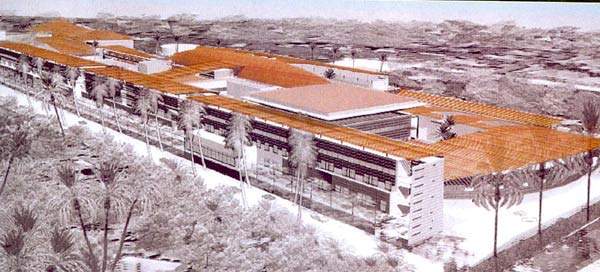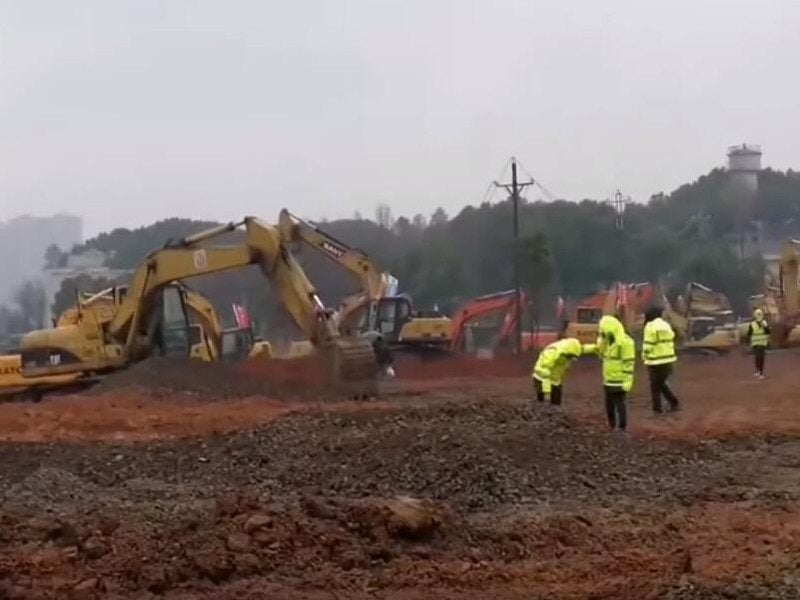Long known as a resort in the South Pacific, the island of Tahiti has become the site of one of the biggest hospital projects ever to be built in the South Pacific.
Originally, the new building was supposed to be erected by French giant Bouygues Construction, through its subsidiary Bouygues Bâtiment.
This design-build contract, worth over a billion francs (approx. €150 million, $200 million) covered the construction of a state-of-the-art hospital complex in the Pirae district. Work began in February 2001 for a period of approx. 36 months.
HOSPITAL CONSTRUCTION
As agreed the hospital will include a “medicine and surgery” unit as well as a “mother and child” unit. Blood transfusion and psychiatric units are also planned. With a gross surface area of 100,000m² on a 7ha site, the new hospital is due to be delivered in Spring 2004. The psychiatric unit was delivered at the beginning of 2003.
Equipped with a large technical capacity (imaging and functional exploration resources), cardiology, haemodialysis and nephrology departments and a physical therapy unit, the hospital complex will accommodate over 400 short and long-term beds. There will be an obstetric surgery, 40 day hospitalisation places, 20 hemodialysis places and accomodation for the families accompanying the patients coming from throughout the Polynesian islands.
Total useable floor space will be 90,000m². The useful surface area comes to 38,400m². Maximum height of the building will be 22.55m and surface frontage 37,200m².
So far so good, but then things started to become unstuck with the startling announcement in July that Bouygues and the government of French Polynesia had decided to “divorce” after a series of disagreements. In fact, work on the hospital had ceased in November 2002.
Things had not been going well. There had been vigorous disagreement over the sharing of costs and a discrepancy between the initial forecasts and the actual cost of the project (an increase of some 30%) didn’t exactly help matters.
The row culminated at the end of 2002, when legal action was launched against Bouygues for the sacking of some 140 construction workers employed on the hospital project. The sackings had triggered roadblocks at the capital Pape’ete’s two main entrances. CSTP-FO Unions also set up pickets and held Bouygues management and foremen.
As events eventually turned out French Polynesia’s President Flosse agreed to pay Bouygues CPF1.1 billion French Pacific Francs (around $1 million) to Bouygues for work already performed. The company then pulled out.
The territory’s cabinet also said that the new entity, which would supervise the project, would be France’s public body, the Etablissement public des grands travaux (EGT, authority for large public works). It is now empowered to designate a new contractor for the new hospital construction.
Upon completion of the new building, the existing Centre Hospitalier Territorial (CHT) Mamao will be de-commissioned and demolished.
Flosse earlier said the funding for the new hospital would ultimately come from the assistance promised by France after dismantling its nuclear testing facility. “The territory will foot the rest”, Flosse said.










